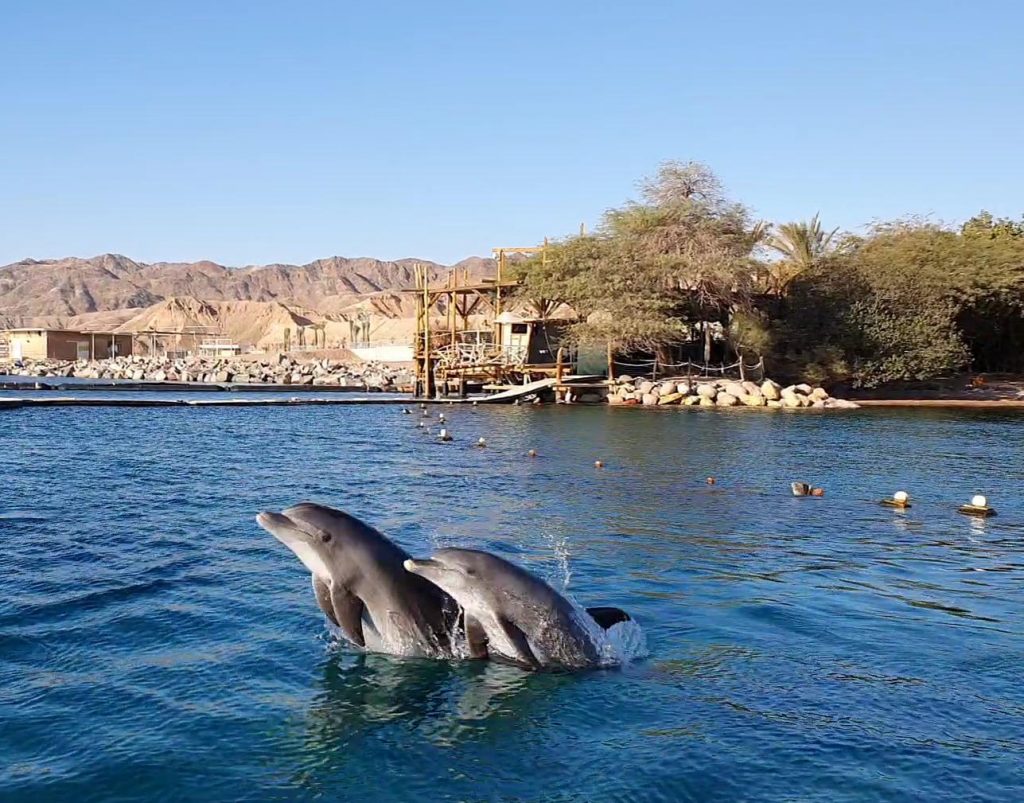About the Lab

Dolphin Research in Eilat has started at 1991, in collaboration with Prof. Dodt Ditmar of the Free University of Berlin. This led to the establishment of the International Laboratory for Dolphin Research at the Dolphin Reef in Eilat. As of 2007 the lab is running under the hospice of Ben Gurion University at Eilat, under the supervision of Prof. Nadav Shashar. The activities are multi faced and span over a range of disciplines. The lab is also a focal place for international collaboration from different research facilities and universities within and outside Israel.
At present, there are several active joint projects with researchers in France (2 groups), UK, Spain and Israel.
Over the years, over 6 PhD students, 8 M.Sc. student and 1 post doc have performed long term studies at the reef; these in addition to many students that performed short term research. Further, a multitude of students study and perform research projects regularly at the reef, as part of their veterinary studies or their studies in marine biology.
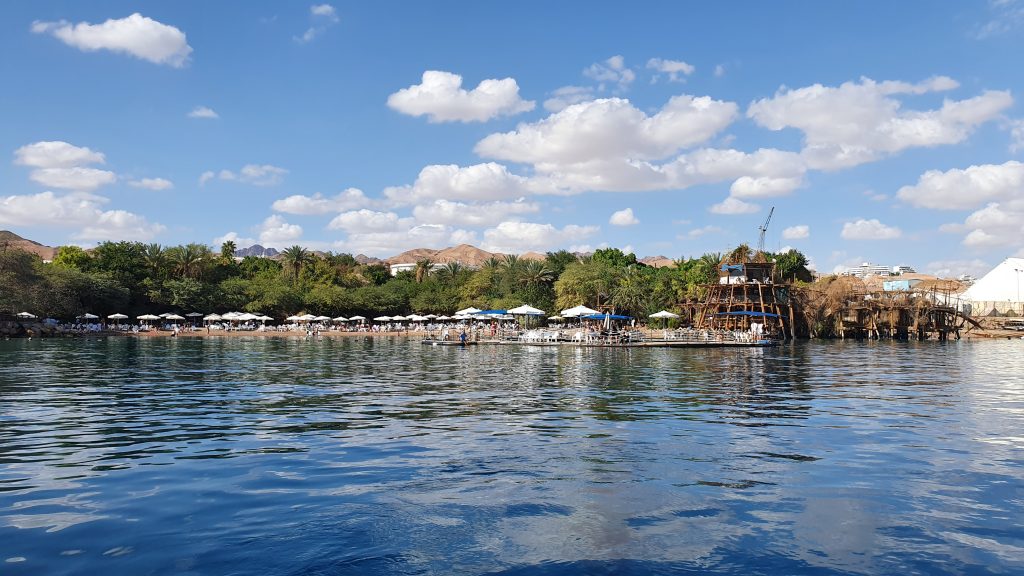
Current and ongoing projects
- Sound and vocalization, from the effects of environmental and anthropogenic sounds on dolphin communication to deciphering specific sounds and cues produced by the dolphins, all the way to using vocal cues to understanding social interactions.
- Dolphin behavior, perception and socialization, from time perception to searching for “useless” information
- Dolphin interactions with people and perception of people. Taking advantage of the unique settings of the Dolphin Reef, in which the dolphins have the choice of how much and if they should approach or interact with people, we gain special insights as to their view of these relationships.
- Dolphin assisted therapy started in the Dolphin Reef 1991. The concept and the core of this program are to give the children an opportunity to experience positive moments and be themselves. Motivation is the word to describe what the Dolphin Reef is creating for the children in this program. When the children feel better about themselves, they become motivated to accomplish greater things. The scientific study of Dolphin assisted therapy has soon followed. This field is now developing in importance with the establishment of French collaboration
- Non-dolphins, yet of high ecological importance topics such as coral restoration, sponges function, fish behavior, and artificial reefs.
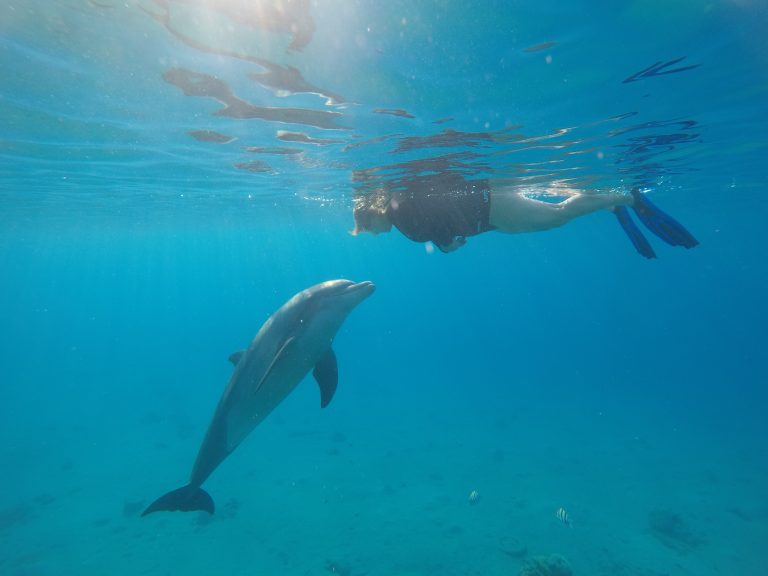
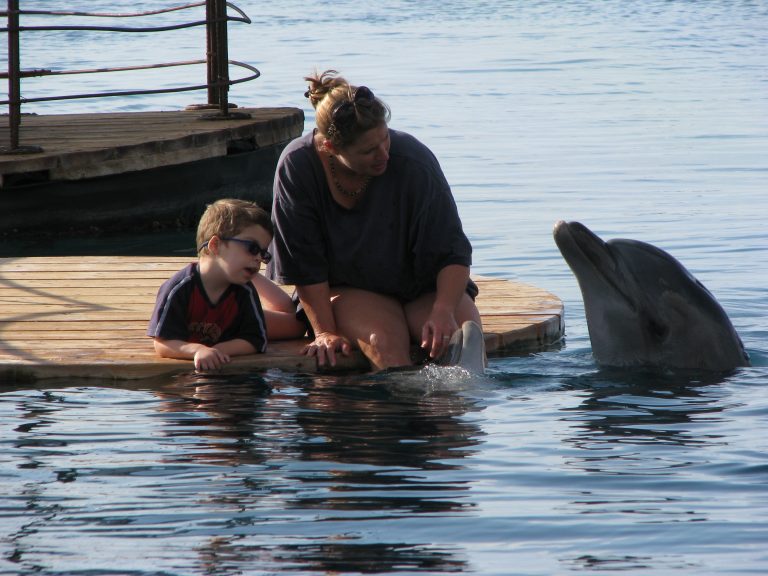
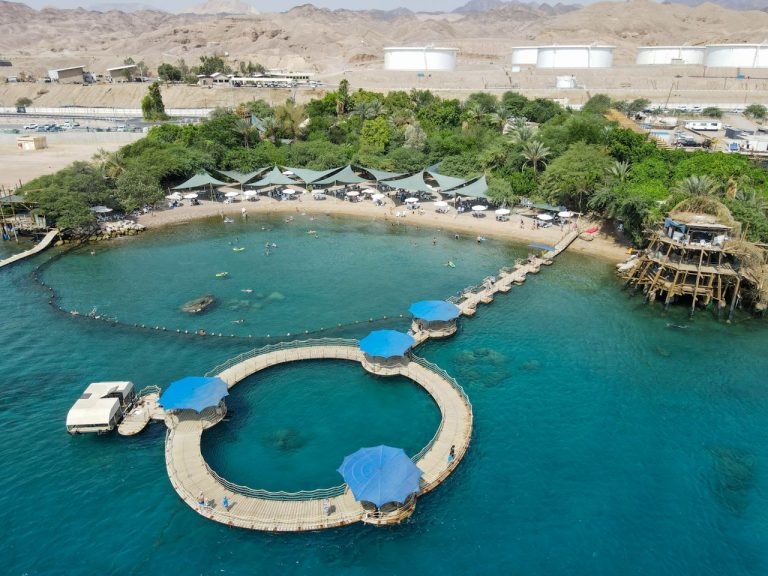
Who we currently work with ?
- Prof. Todt Ditmar, Freie Universität Berlin, Germany
https://www.bcp.fu-berlin.de/en/biologie/arbeitsgruppen/Archiv/ag_todt/mitarbeiter/todt/index.html
- Dr. Anne-sophie Darmaillacq, of Caen , France
https://www.researchgate.net/profile/Anne-Sophie-Darmaillacq
- Dr. Germán Sumbre, Ecole Normale Superieure of Paris, France
https://www.zebrain.biologie.ens.fr/team.html
- Dr. Arik Kershenbaum, Girton College,Univ. of Cambridge, UK
https://www.girton.cam.ac.uk/kershenbaum-arik
- Dr. Marine Grandgeorge, Universite de Rennes, France
https://ethos.univ-rennes1.fr/interlocuteurs/marine-grandgeorge

Collaborations
Our laboratory welcomes studies by accredited scientis in fields relevant to its task.
For enquiries about the possibility of conducting your research with us please contact
Prof. Nadav Shashar nadavsh@bgu.ac.il
Academic course of the lab
An international course on dolphin behavior, husbandry and dolphin assisted therapy is run annually since 1995. This course has been recognised by several European universities and has attracted a wide range of international students including from many dolphin-holding facilities. As of 2008, a parallel annual course is accredited by Ben Gurion University
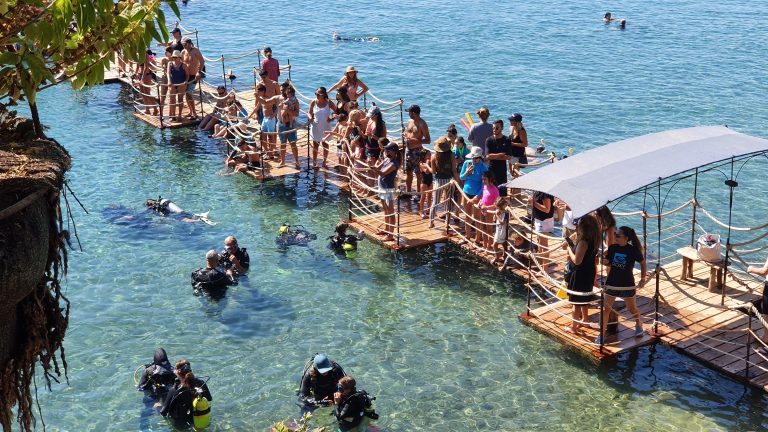
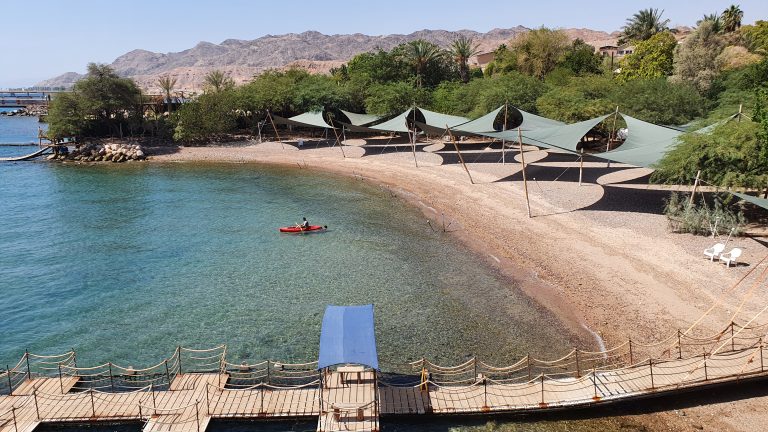
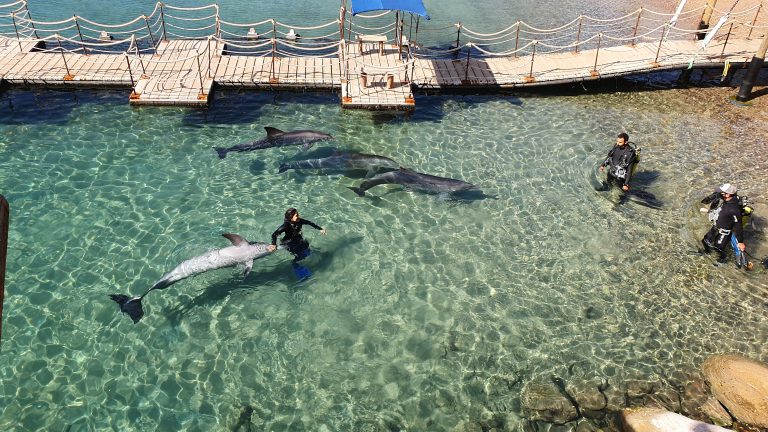
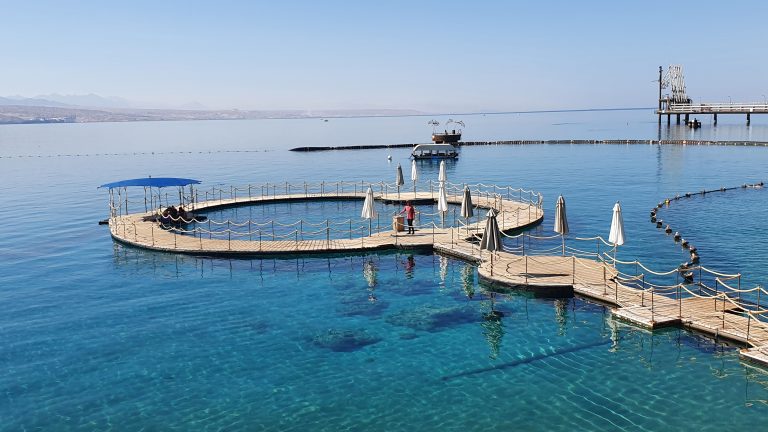
Publications
- Herman LM, Pack AA, Wood AM (1994) Bottlenose dolphins can generalize rules and develop abstract concepts. Marine Mammal Science 10: 70-80 doi https://doi.org/10.1111/j.1748-7692.1994.tb00390.x
- Veit F, Bojanowski E (1996) Behaviours accompanying a change in the dominance hierarchy of bottlenose dolphins with respect to adult males. European Research on Ceteceans 9: 202-204
- Entrup N, Cartlidge D (1998) The dolphin traders. An investigation into the world-wide trade and export of Black Sea bottlenose dolphins: 1990-1997
- Veit F (1999) Whistle use in agonistic interactions of bottlenose dolphins. European Research on Cetaceans 12: 266-270
- Hyson MT, Newland P (2003) Dolphins, therapy & autism. Cognition 16: 129-219
- Todt D, Veit F (2005) Signal coordination in marine mammals: Cues from the time domain of vocal interactions Proceedings of the Eighth International Symposium on Signal Processing and Its Applications, 2005. IEEE, pp 827-830
- Brensing K, Linke K, Busch M, Matthes I, van der Woude SE (2005) Impact of different groups of swimmers on dolphins in swim-with-the-dolphin programs in two settings. Anthrozoös 18: 409-429
- van der Woude SE (2008) Assessing effects of an acoustic marine geophysical survey on the behaviour of bottlenose dolphins Tursiops truncatus. Bioacoustics 17: 188-190
- Perelberg A, Schuster R (2008) Coordinated breathing in bottlenose dolphins (Tursiops truncatus) as cooperation: Integrating proximate and ultimate explanations. Journal of Comparative Psychology 122: 109
- Huebner SV (2008) Unsupervised clustering of whistle-sounds of bottlenose dolphins (Tursiops truncatus). Journal of the Acoustical Society of America 123: 3363
- Perelberg A, Schuster R (2009) Bottlenose dolphins (Tursiops truncatus) prefer to cooperate when petted: Integrating proximate and ultimate explanations II. Journal of Comparative Psychology 123: 45
- van der Woude SE (2009) Bottlenose dolphins (Tursiops truncatus) moan as low in frequency as baleen whales. The Journal of the Acoustical Society of America 126: 1552-1562
- Perelberg A, Veit F, van der Woude SE, Donio S, Shashar N (2010) Studying Dolphin Behavior in a Semi-Natural Marine Enclosure: Couldn’t we do it all in the Wild? International Journal of Comparative Psychology 23
